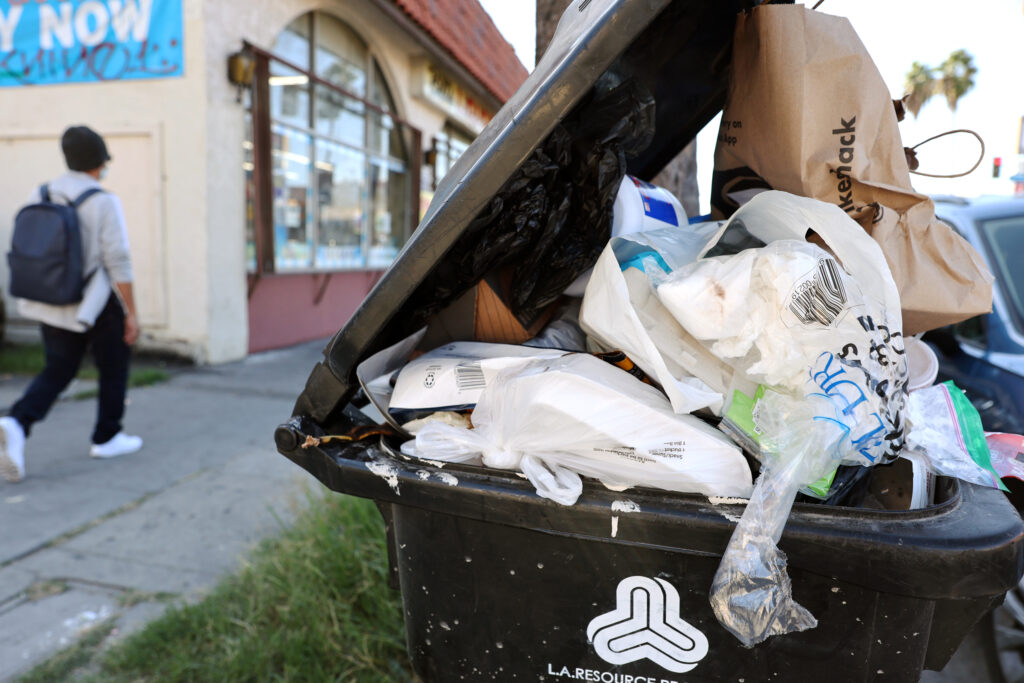The petrochemical industry boom of the late 1940s promised convenience but came with the hidden cost of climate pollution. Products like nylons and packaged meats are made from fossil fuels and contain harmful chemicals.
A new commentary in Environmental Innovation and Societal Transitions highlights the environmental costs of chemical production. Scientists warn that ignoring the link between climate and chemical pollution could threaten life on Earth.

Many fossil fuel-derived chemicals are linked to chronic diseases and environmental contamination. This creates a global crisis comparable to the climate and biodiversity crisis.
Xenia Trier, lead author and environmental chemistry professor at the University of Copenhagen, stated that discussions on climate change often overlook the role of fossil fuels in chemical production. With industry forecasts showing no decline in fossil fuel production, it’s crucial to address their use in chemicals and plastics.
Gretta Goldenman, study coauthor and chemical regulation expert, emphasized that the industry is pivoting from energy to material production to meet global demand for plastics. This shift could lead petrochemicals to account for more than a third of growth in global oil demand, according to the International Energy Agency.
Plastics impact health and the environment throughout their lifecycle, with costs exceeding $920 billion in health damages and over $340 billion in greenhouse gas-related costs, the Minderoo-Monaco Commission reports. The International Energy Agency notes petrochemicals are a major source of carbon emissions.
The authors argue for integrated climate-mitigation strategies addressing both energy and chemical pollution. They caution against shifting to bio-based feedstocks due to land and water demands.
Petrochemical production, the third-largest source of carbon emissions, involves significant energy inputs. Strategies should consider sustainable alternatives, reducing the environmental impact of chemical production.
Judith Enck of Beyond Plastics highlights the need for sustainable solutions to address the climate and petrochemical crises. The American Petroleum Institute did not comment.
The Trump administration’s order to revert to plastic straws underscores the ongoing debate over environmental impacts. The Plastics Industry Association defends plastic as a sustainable material.
A “Parasite Killing Its Host”
Nearly all 350,000 synthetic chemicals are derived from oil and gas, used in everyday products, including those promoting a shift from fossil fuels. These materials release greenhouse gases when incinerated.
Some feedstocks, like methane and PFAS, are potent greenhouse gases. A 2019 study estimated the plastics industry released 1.7 gigatons of CO2 equivalents in 2015. A U.S. manufacturer released over 240,000 pounds of a harmful feedstock chemical.
Jane Muncke of the Food Packaging Forum stresses the need for a narrative connecting energy transitions and the chemical industry’s role. She warns against economic systems prioritizing profit over sustainability.
Rethinking Unlimited Growth and the Throwaway Mindset
The authors propose a strategy transforming how chemicals are produced and managed. They urge recognizing economic costs of unsustainable practices and restricting harmful raw materials.
Goldenman emphasizes circularity to reduce resource use and pollution. Muncke warns against overconsumption, advocating for sustainable living in harmony with nature.
Original Story at insideclimatenews.org
